Phosphates
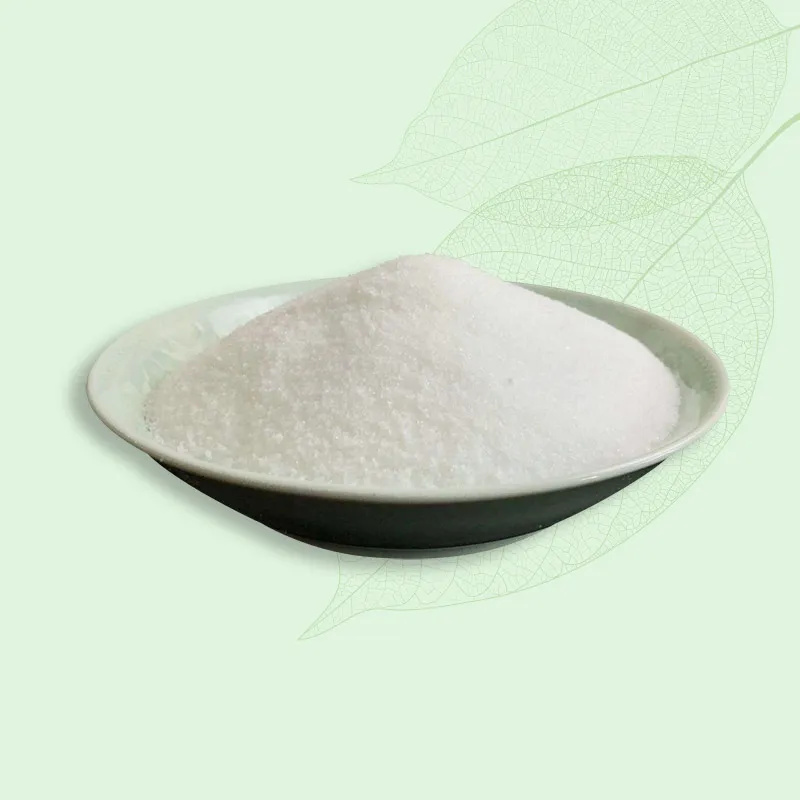
Monocalcium Phosphate
Monocalcium phosphate, occurs as white crystals or granules or as a granular powder. It is anhydrous or contains one molecule of water of hydration, but because of its deliquescent nature, more than the calculated amount of water may be present. It is sparingly soluble in water and is insoluble in alcohol.
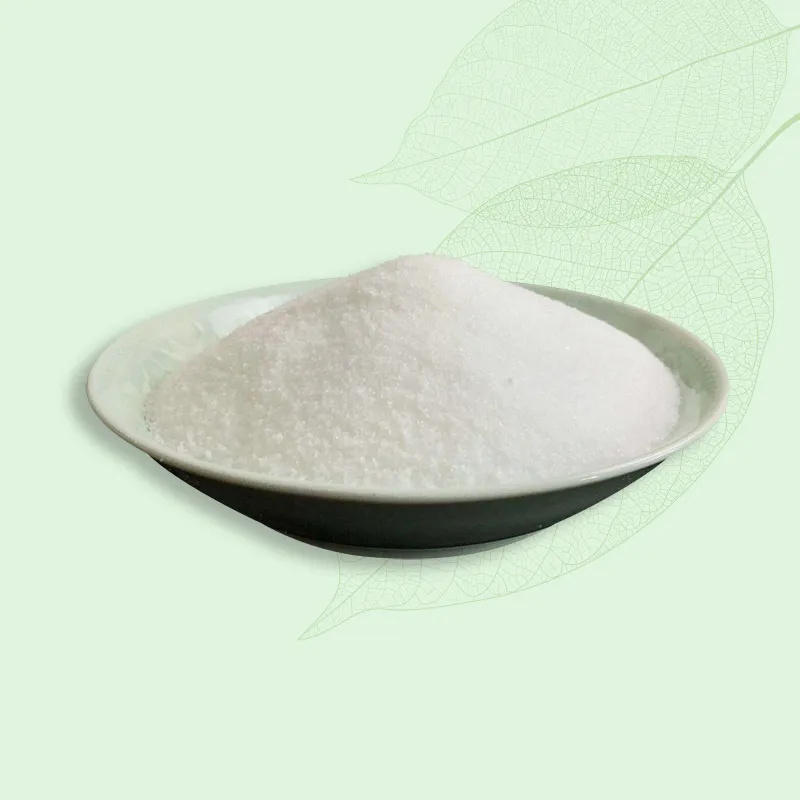
Dicalcium Phosphate
Dicalcium phosphate, occurs as a white powder. It is anhydrous or contains two molecules of water ofhydration. It is stable in air. It is insoluble in alcohol, is practically insoluble in water, but is readily soluble in dilute hydrochloric and nitric acids.
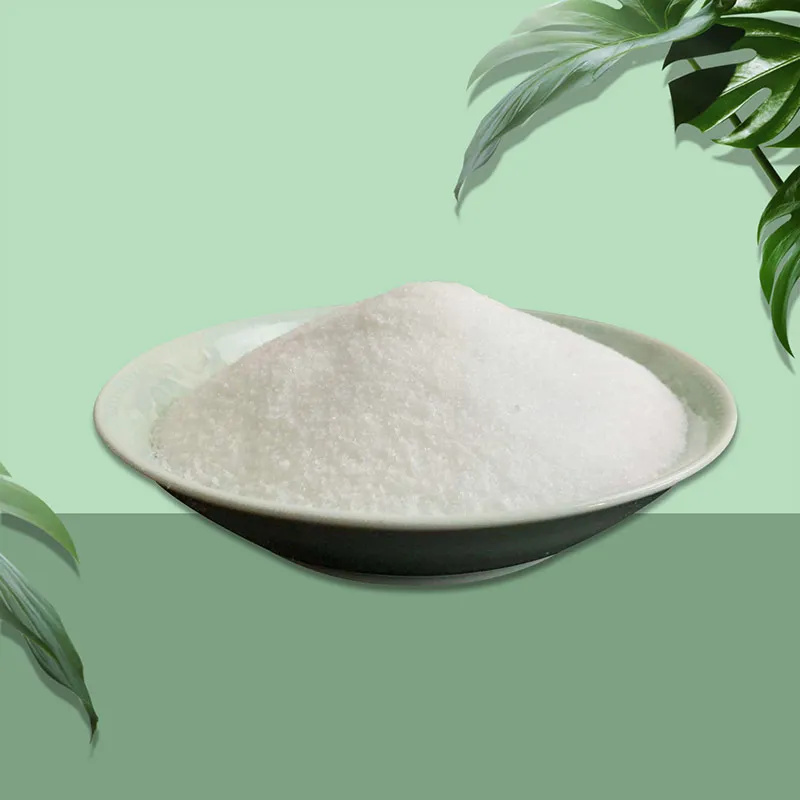
Tricalcium Phosphate
Tricalcium phosphate,occurs as a fine, white powder. It is very slightly soluble in water, but it is insoluble in alcohol.
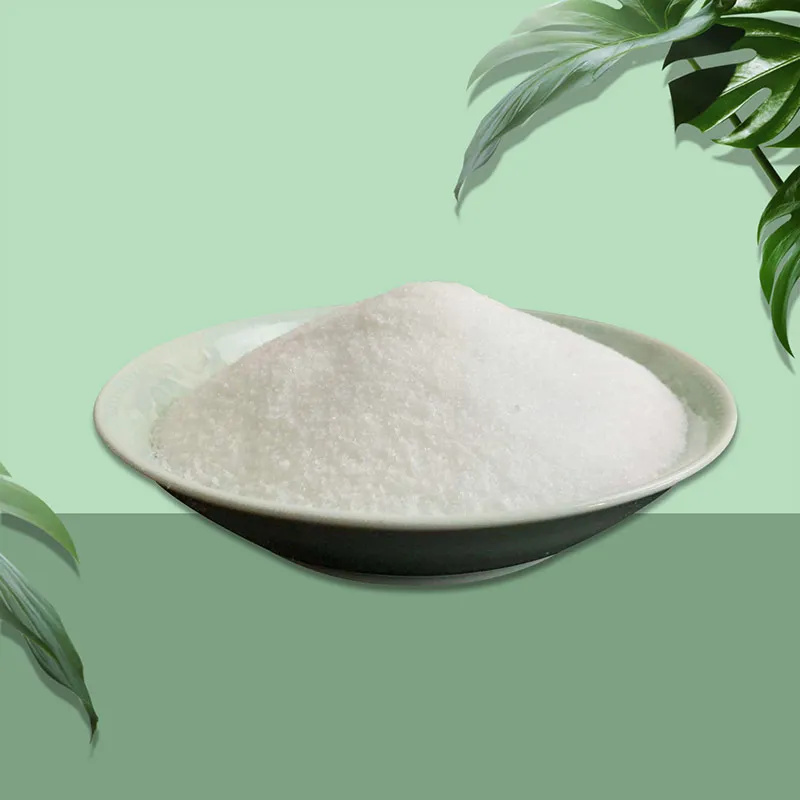
Calcium Pyrophosphate
Calcium pyrophosphate, occurs as a fine, white powder. It is insoluble in water, but is soluble in dilute hydrochloric and nitric acids.
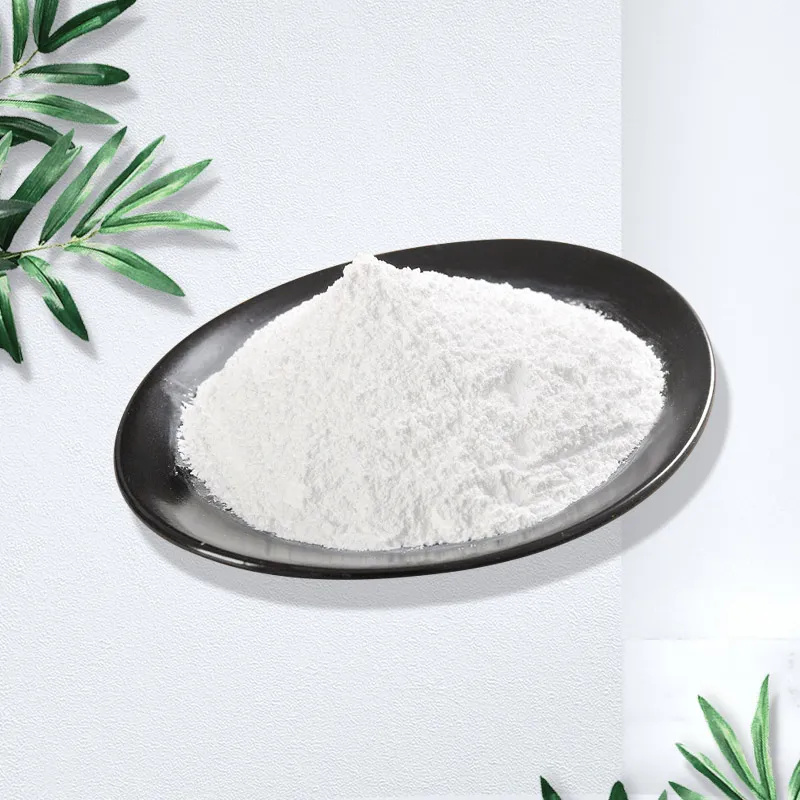
Calcium Acid Pyrophosphate
Calcium Acid Pyrophosphate occurs as a fine, white, acidic powder. It is insoluble in water, but it is soluble in dilute hydrochloric and nitric acids.
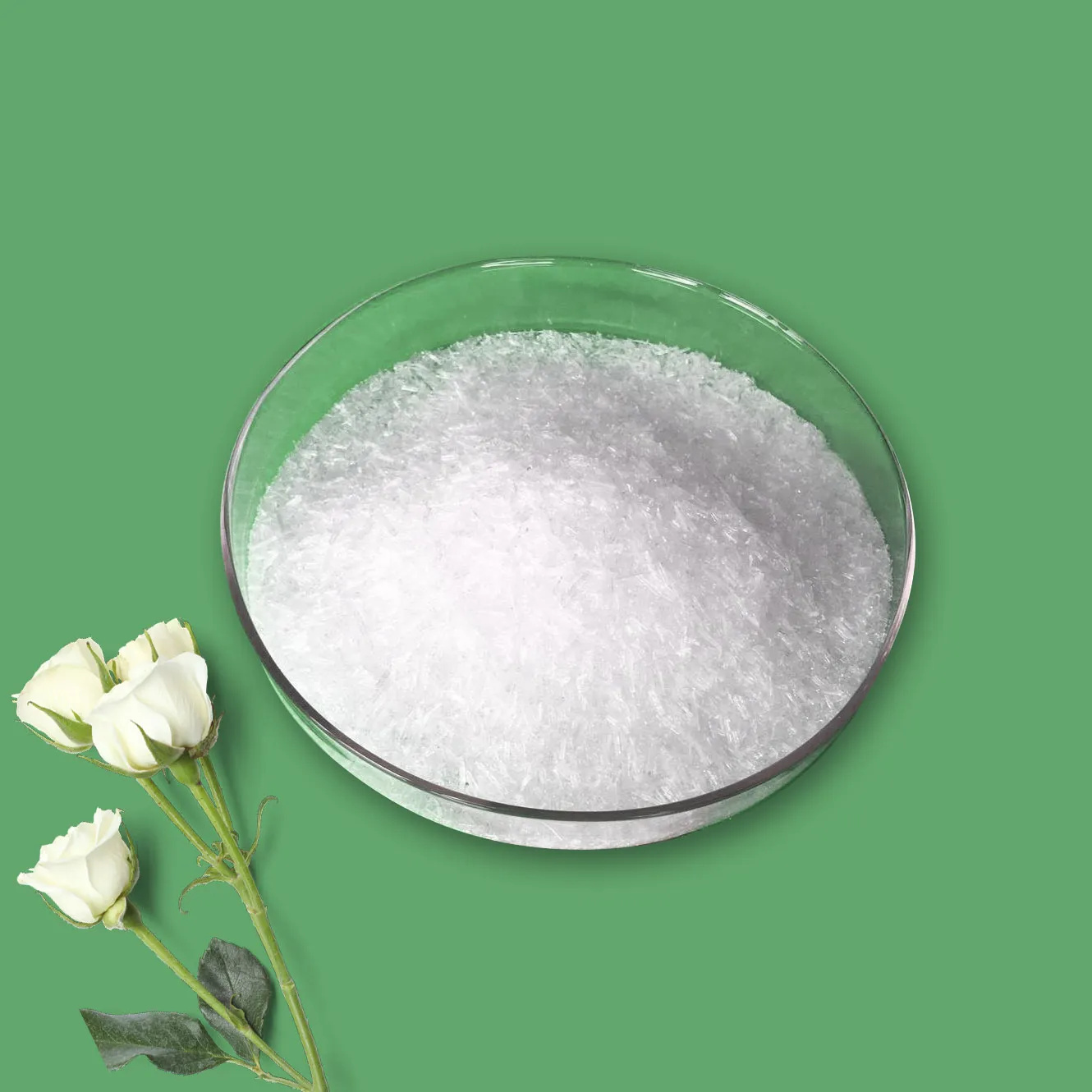
Monosodium Phosphate
Monosodium Phosphate, Monobasic, is anhydrous or contains one or two molecules of water of hydration and is slightly hygroscopic. The anhydrous form occurs as a white, crystalline powder or granules. The hydrated forms occur as white or transparent crystals or granules. All forms are freely soluble in water, but are insoluble in alcohol. The pHof a 1:100 solution is between 4.1 and 4.7.
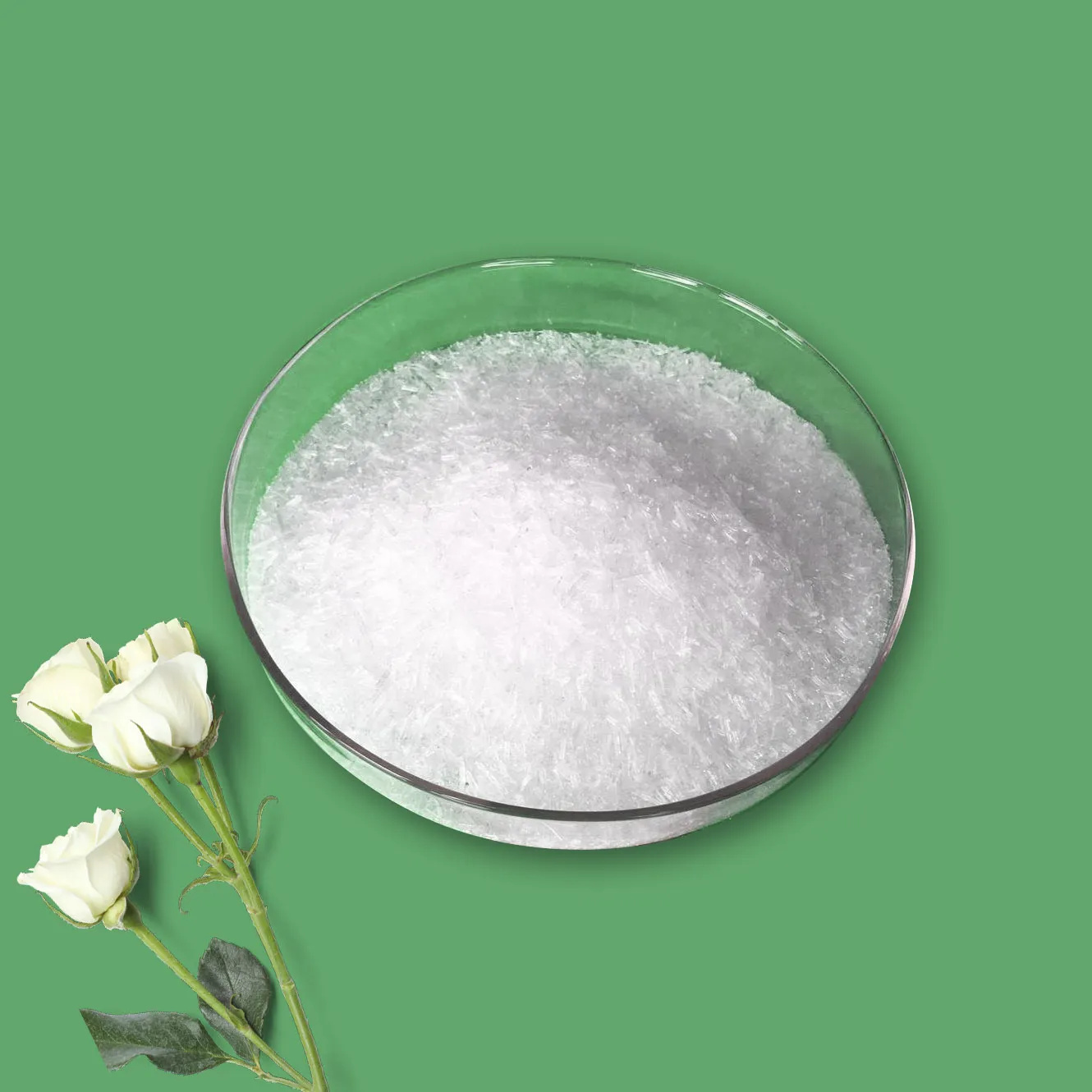
Disodium Phosphate
Disodium Phosphate, Dibasic, occurs as a white, crystalline powder or as granules. It may be anhydrous or contain twomolecules of water of hydration. The anhydrous form is hygroscopic. Both forms are freely soluble in water and insoluble in alcohol.
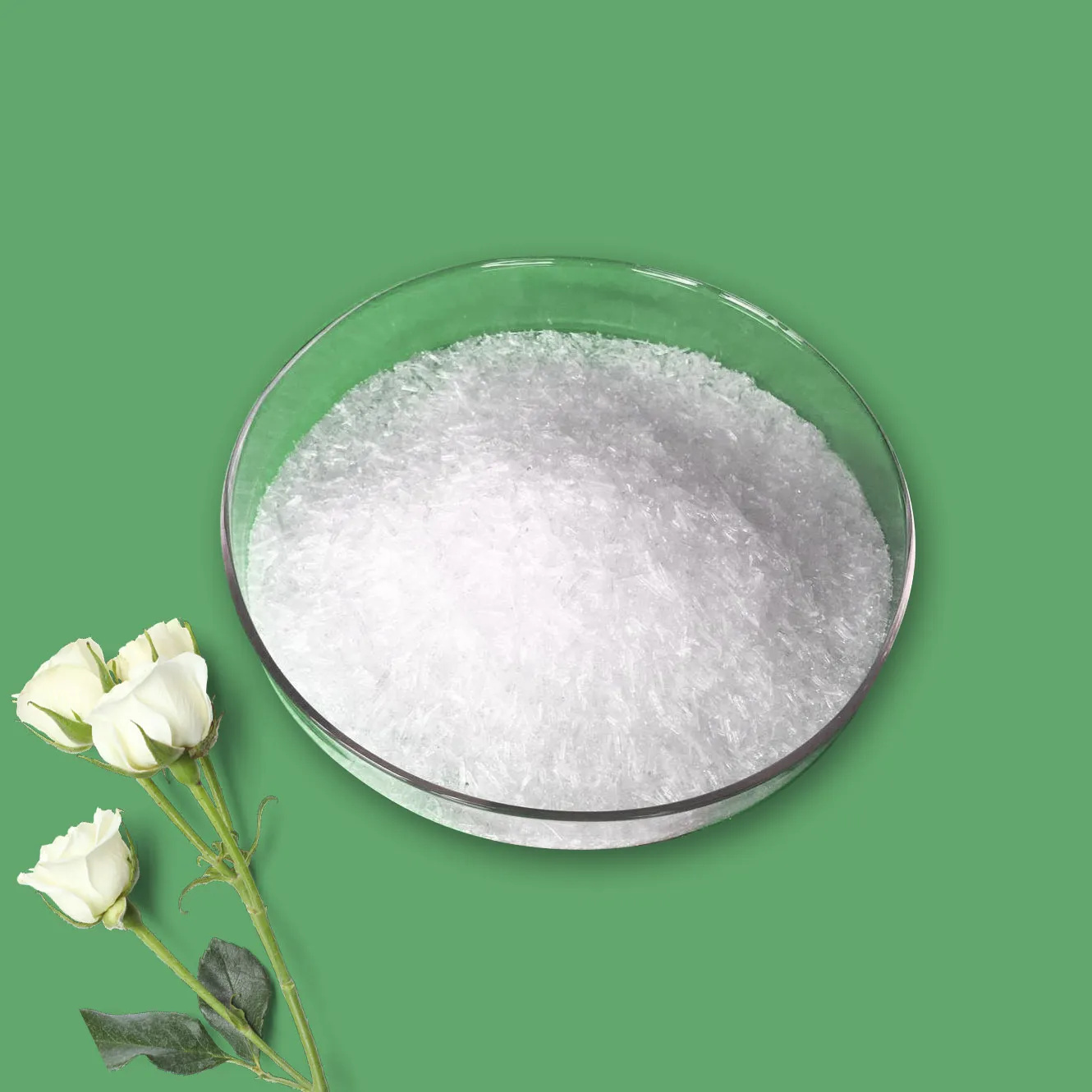
Trisodium Phosphate
Trisodium Phosphate, Tribasic, occurs as white crystals or granules or as a crystalline material. It may be anhydrous or contain 1 to 12 molecules of water of hydration. The formula for a crystalline material is approximately4(Na3PO4·12H2O)- NaOH. It is freely soluble in water, but is insoluble in alcohol. The pH of a 1:100 aqueous solution is between 11.5 and 12.5.
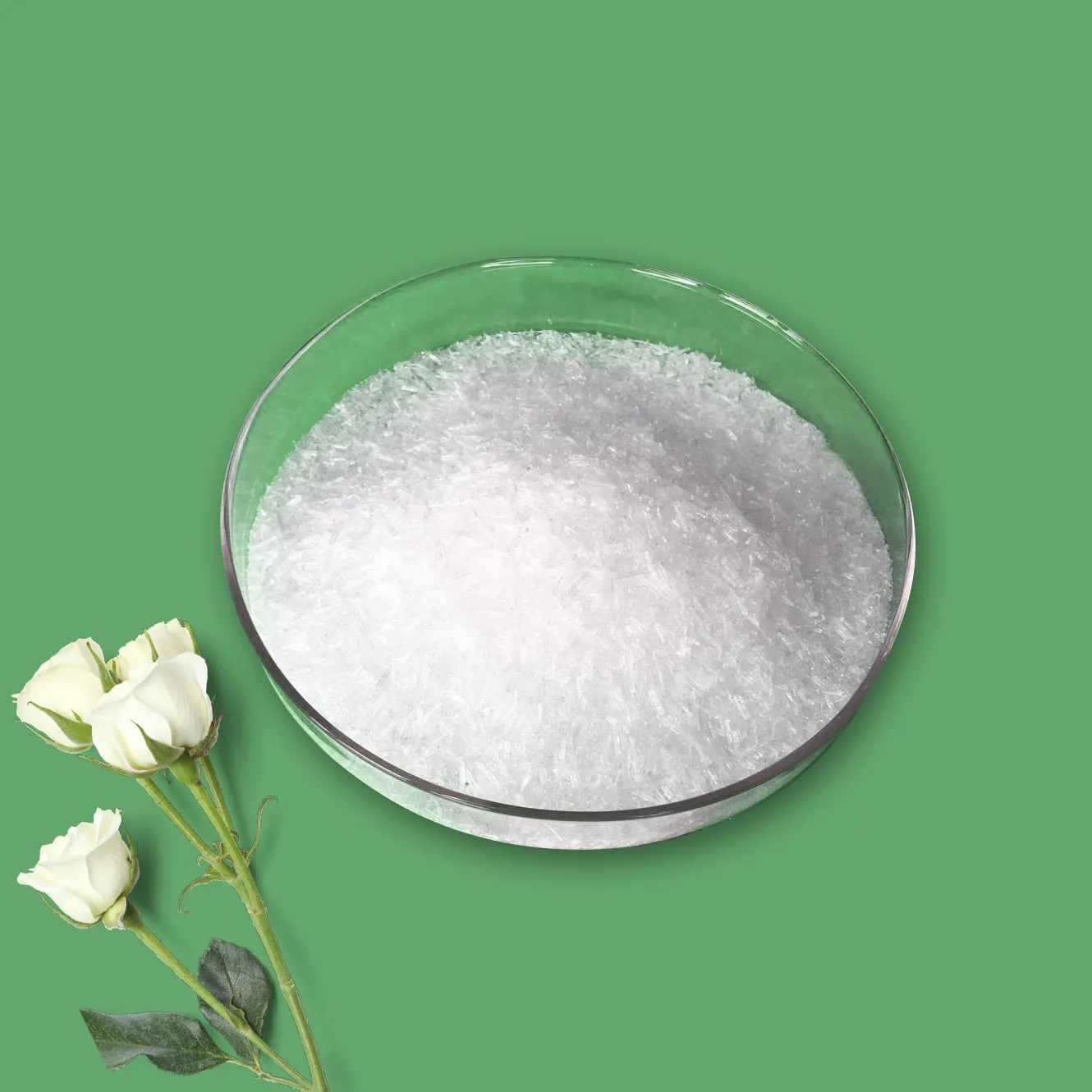
Trisodium Pyrophosphate
Trisodium Pyrophosphate is white powder or granular, easily soluble in water, water solution is neutral. Not soluble in alcohol. It occurs anhydrous or as a monohydrate. Heated to 170℃could be decomposed into Disodium Diphosphate and and Tetrasodium Pyrophosphate. Heated above 240℃could be decomposed into metaphosphates.
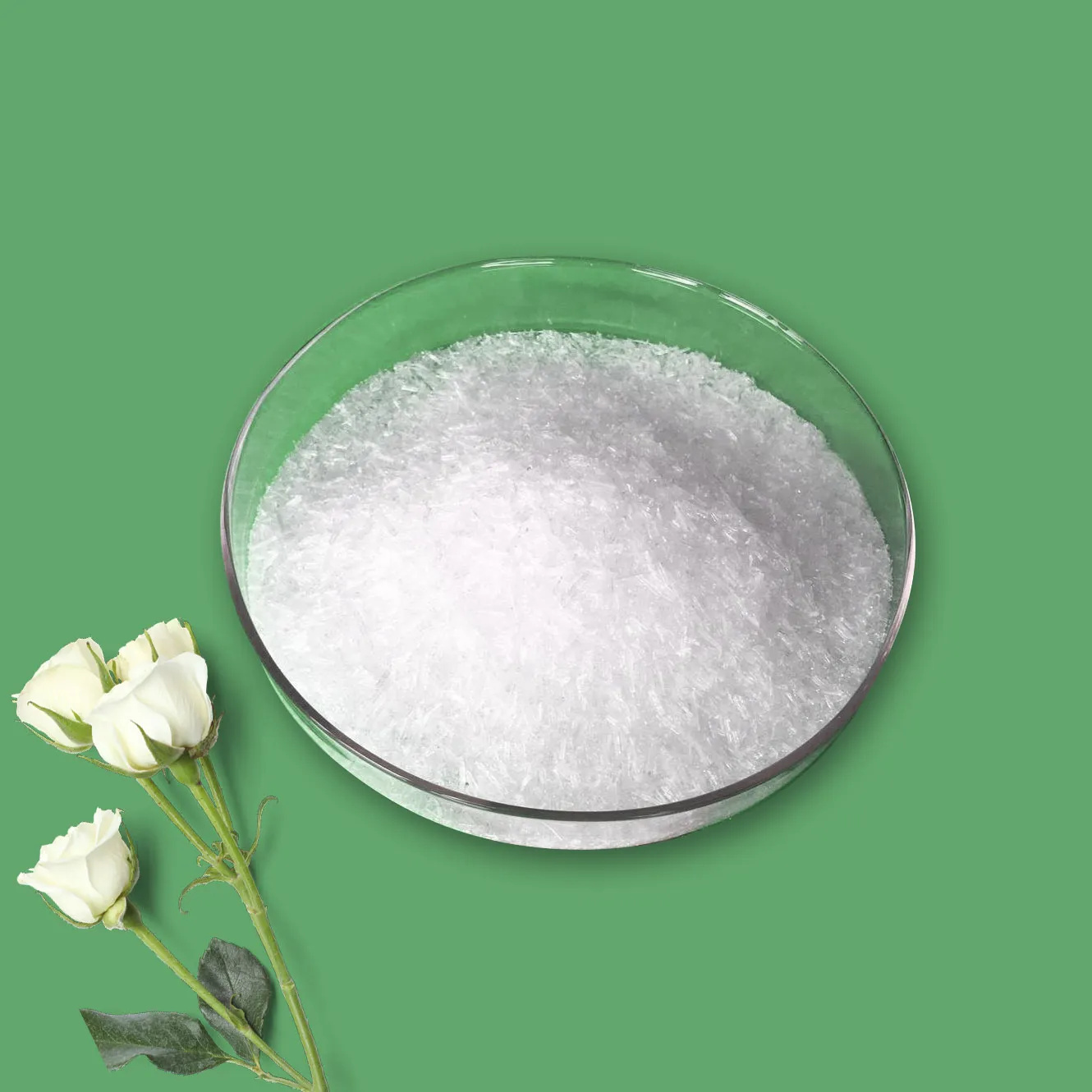
Tetrasodium Pyrophosphate
Tetrasodium Pyrophosphate occurs as colorless or white crystals or as a white, crystalline or granular powder. It is anhydrous or contains 10 molecules of water of hydration. The decahydrate effloresces slightly in dry air. It is soluble in water, but is insoluble in alcohol. The pH of a 1:100 aqueous solution is about 10.
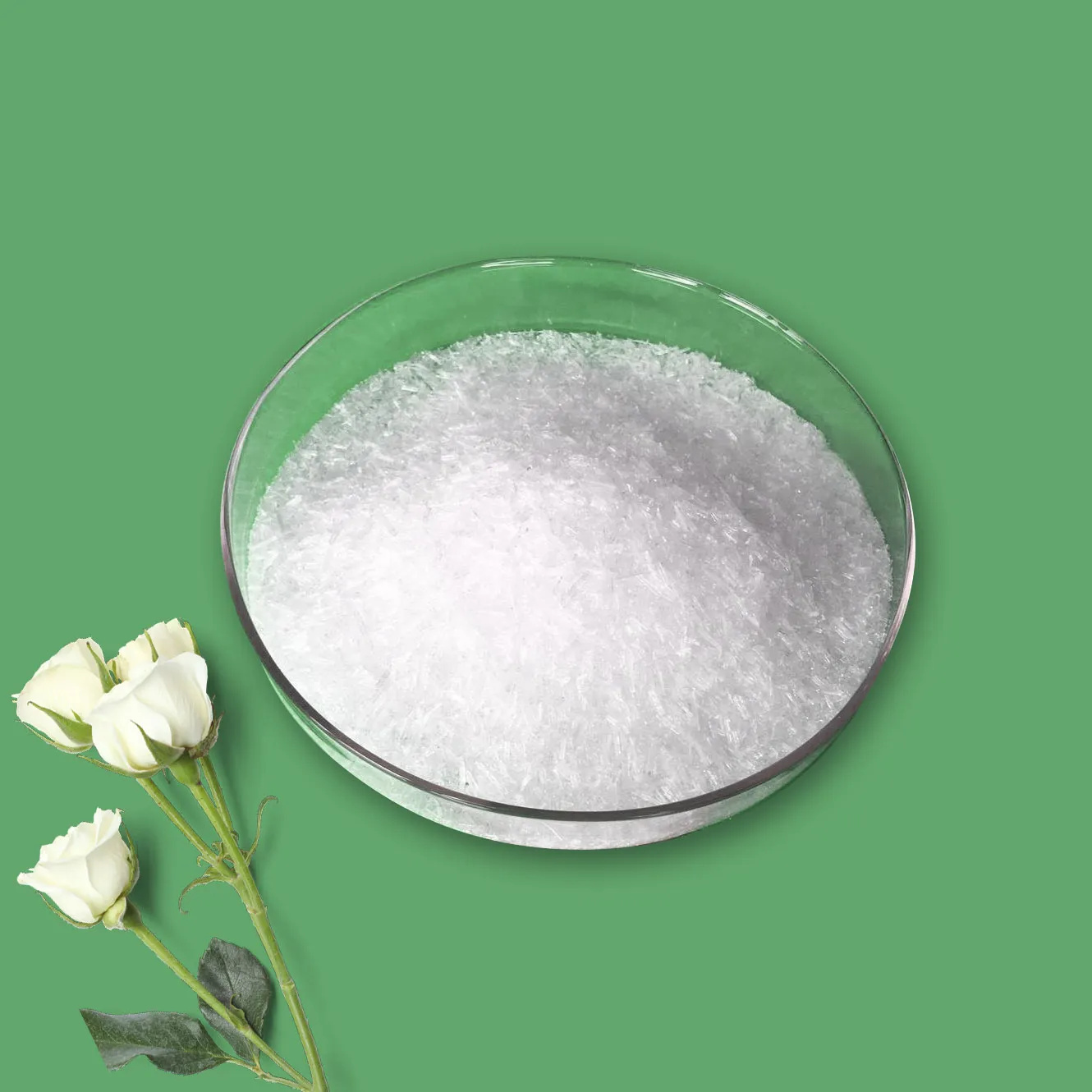
Sodium Acid Pyrophosphate
Sodium Acid Pyrophosphate occurs as a white, crystalline powder or granules. It is soluble in water. The pH of a 1:100 aqueous solution is about 4. It may contain a suitable aluminum and/or calcium salt to control the rate of reaction in leavening systems.
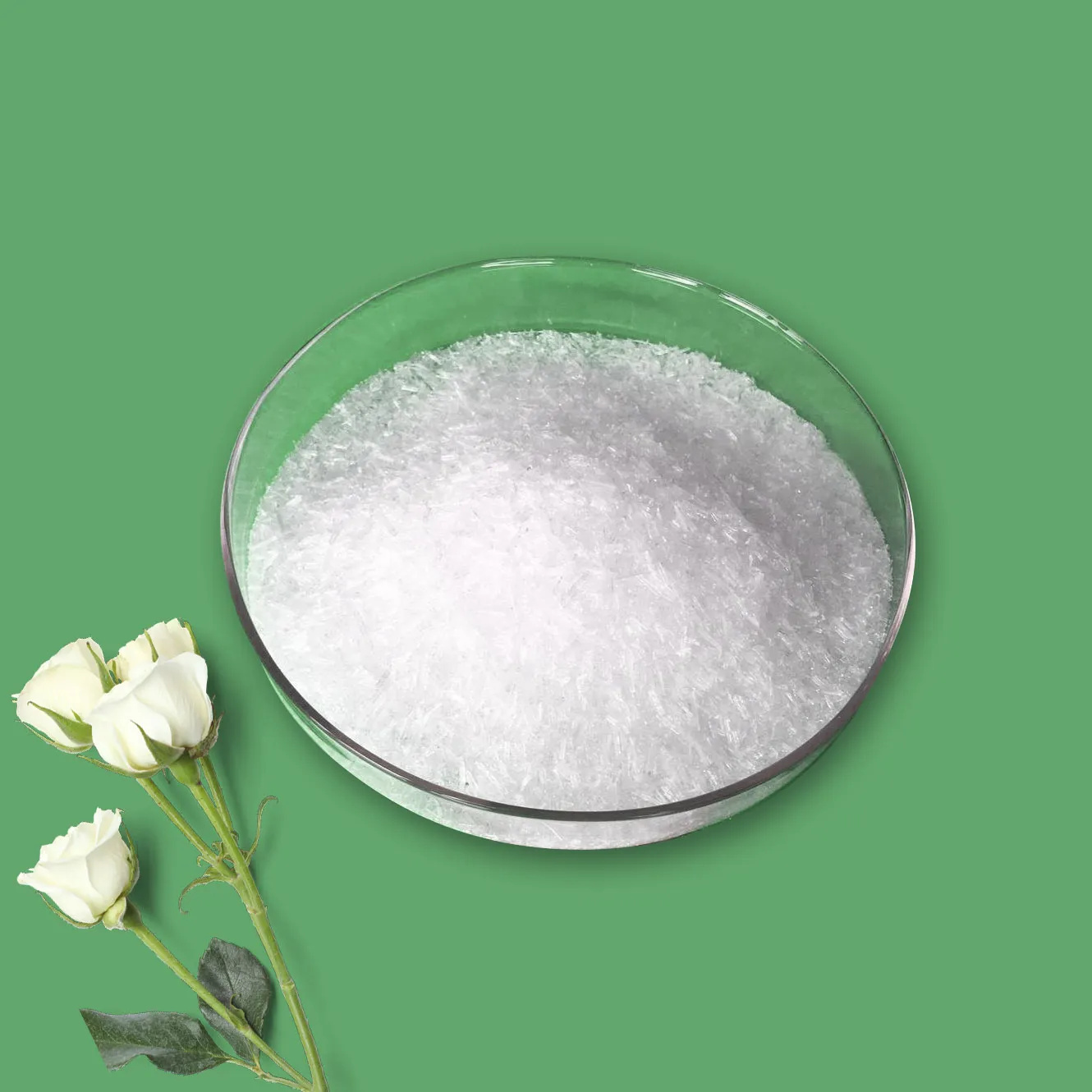
Sodium Hexametaphosphate
With more than 15years development, we Reephos Chemical Co.,Ltd had grown into an export in supplying qualified raw materials for food, pharma, health and cosmetic industrial all over the world. Our product are now widely used in meat, seafood, noodles, dairy, backing, beverage, nutrient, feed and toothpaste processing. And is also providing solution for customers in improving the applications. They belong to aclass consisting of several amorphous, water-soluble polyphosphates composed of linear chains of metaphosphate units (NaPO3)x for which x≥2, terminated by Na2PO4— groups. They are usually identified bytheir Na2O/P2O5 ratio or their P2O5 content. The Na2O/P2O5 ratios vary from about 1.3 for sodiumtetrapolyphosphate, for which x = approximately 4; through about 1.1 for Graham’s salt, commonly called sodium hexametaphosphate, for which x = 13 to 18; to about 1.0 for the higher molecular weight sodium polyphosphates, for which x = 20 to 100 or more. Glassy Sodium Polyphosphates are very soluble in water. The pH of theirsolutions varies from about 3.0 to 9.0.



